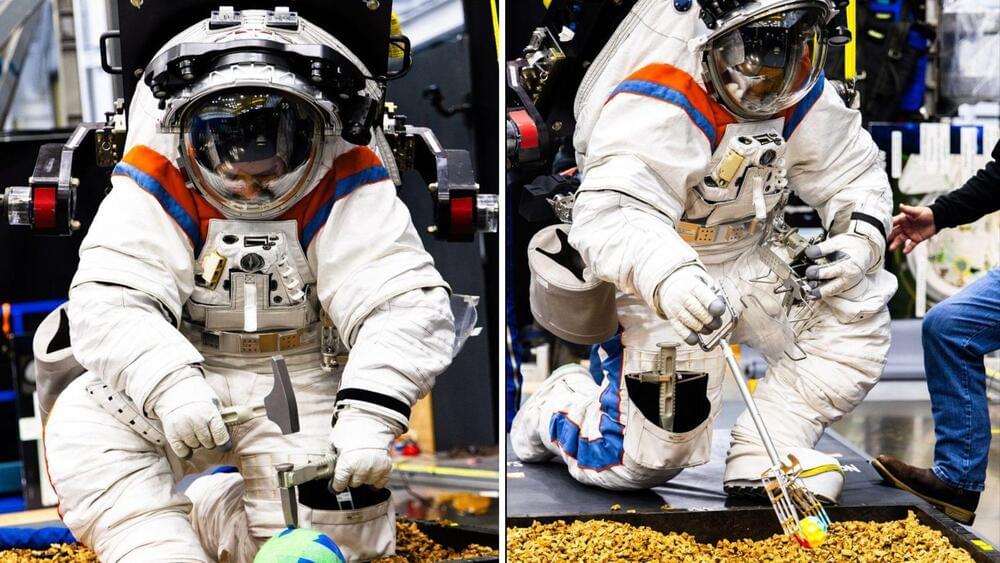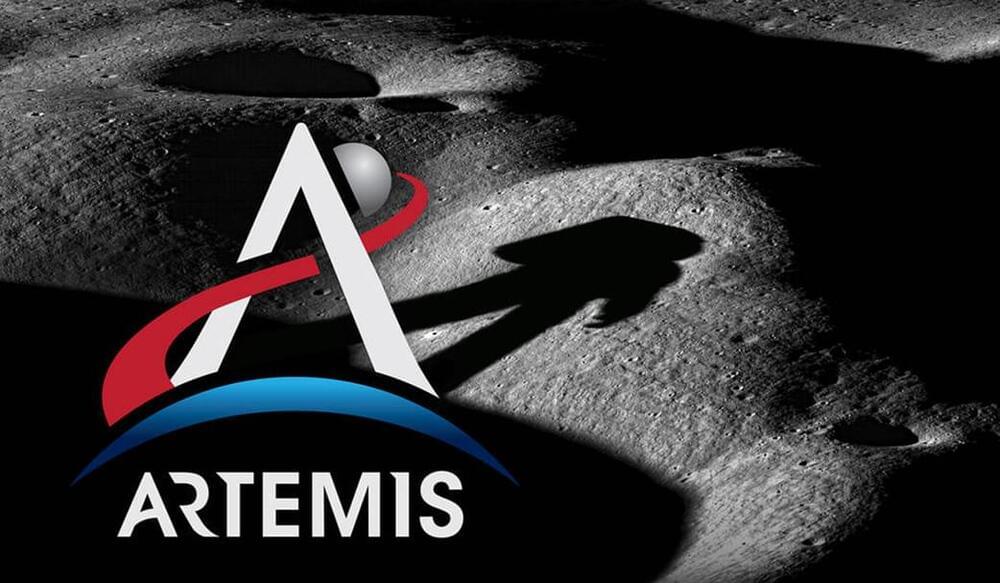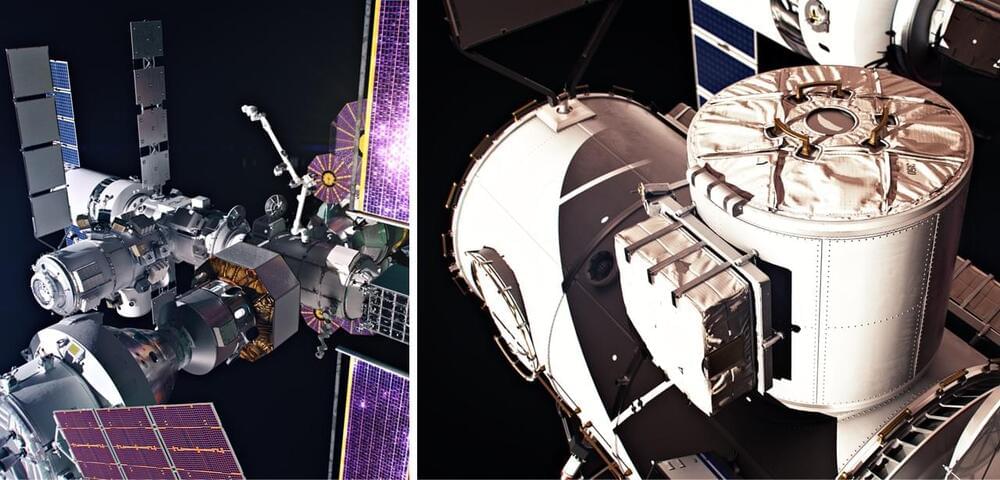“Artemis is a long-term exploration campaign to conduct science at the Moon with astronauts and prepare for future human missions to Mars,” said Amit Kshatriya.
In an unfortunate setback to NASA’s Artemis program, the space agency announced this morning that the Artemis II mission, which was originally scheduled for November of this year, has been postponed until September 2025, which also pushes back the Artemis III mission to September 2026. The Artemis II mission, which is slated to be the first crewed mission to the Moon since Apollo 17 in 1972, is still slated to carry astronauts Reid Wiseman (NASA), Victor Glover (NASA), Chrsitina Koch (NASA), and Jeremy Hansen (Canadian Space Agency), with the crew still involved with heavy training as they prepare for the historic mission.
This news unfortunately comes after NASA announced the United Arab Emirates will be providing the airlock for the Lunar Gateway, which will be space station in orbit around the Moon used to ferry astronauts to and from the lunar surface.
The reason for the delays is due to further testing of hardware and spacecraft systems to ensure the safety of astronauts on future missions, which includes addressing concerns from the Orion capsule found during the Artemis I mission in November 2022, along with concerns about Orion’s heat shield, which teams discovered pieces of char layers that were lost during re-entry, and investigations are still ongoing. The heat shield is responsible for protecting the Orion capsule from the extreme temperatures during Earth re-entry.







